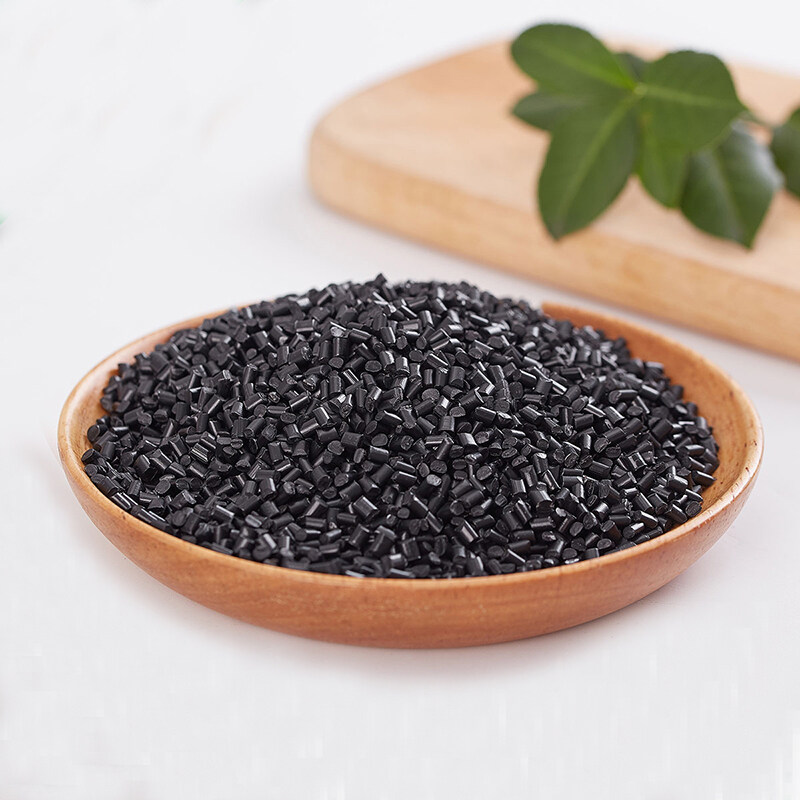Erreur de format d'e-mail
emailCannotEmpty
emailDoesExist
pwdLetterLimtTip
inconsistentPwd
pwdLetterLimtTip
inconsistentPwd

Offer Technical Support and Customized Solutions
The company is committed to creating new and improved plastic materials to meet the evolving demands of the market.

What Sets Nylon 6 Apart from Nylon 66?
Introduction
Nylon, a versatile polymer, finds widespread use in various industries, each type uniquely tailored for specific applications. Understanding the nuanced disparities between nylon 6 and nylon 66 is pivotal for informed decision-making in material selection.
Polymer chemistry aficionados often ponder, what is the difference between nylon 6 and nylon 66? To demystify this, let's embark on a journey into the chemical intricacies, physical attributes, and practical applications of these two remarkable polymers.
Chemical Structures and Monomer Composition
In the realm of polymer chemistry, the distinction between nylon 6 and nylon 66 lies in their fundamental building blocks. Nylon 6, characterized by its caprolactam monomer, showcases a unique cyclic structure. Conversely, nylon 66 boasts a hexamethylene diamine and adipic acid duo, forging a polymer structure that sets it apart.
Polymerization Processes
Understanding what sets nylon 6 apart from nylon 66 involves delving into their polymerization methods. Nylon 6 undergoes a ring-opening polymerization process, resulting in its distinctive properties. In contrast, nylon 66 involves the condensation of its monomers, leading to a different molecular arrangement.
These processes not only impact the molecular weight of the polymers but also influence their thermal and mechanical properties, a crucial aspect often overlooked.
Physical Properties
What distinguishes nylon 6 from nylon 66 when it comes to physical properties? The devil lies in the details. Nylon 6 typically exhibits a lower melting point compared to its counterpart, making it suitable for applications where high heat resistance isn't paramount. On the flip side, nylon 66's higher melting point lends itself to scenarios demanding robust thermal stability.
Density variations, tensile strength disparities, and flexural moduli nuances contribute to the unique fingerprint of each nylon type, influencing their applications across industries such as automotive, textiles, and consumer goods.
Mechanical Properties
Beyond physical attributes, the mechanical properties of these polymers play a pivotal role in determining their utility. While nylon 6 tends to lean towards greater toughness, nylon 66 often shines in terms of hardness. The abrasion resistance of these polymers further underscores their divergent applications in the manufacturing landscape.
Chemical Resistance
An often-overlooked facet when pondering what is the difference between nylon 6 and nylon 66 is their chemical resilience. Nylon 6 may excel in certain chemical environments, while nylon 66's unique structure may render it more resistant to others. This aspect is particularly critical in industries where exposure to diverse chemical agents is commonplace.

Applications in Industries
Nylon 6 and nylon 66, with their distinctive properties, find homes in various industries. From automotive components to textiles, the choice between these polymers hinges on the specific requirements of the application. The keyword nylon 6 applications and nylon 66 applications unveil a myriad of use cases, shedding light on the diversity of these materials.
Processing Methods
Understanding the differences in processing techniques is vital for manufacturers seeking optimal production efficiency. The nuances in manufacturing products with nylon 6 versus nylon 66 influence the choice of method, impacting the final quality and performance of the end product.
Cost Considerations
Material selection often boils down to economic viability. The cost differences between nylon 6 and nylon 66 can be a decisive factor, especially in large-scale production. Beyond the raw material costs, processing and fabrication expenses contribute to the overall economic equation.
Recyclability and Environmental Considerations
As sustainability gains prominence, the recyclability of materials comes under scrutiny. Evaluating what sets nylon 6 apart from nylon 66 in terms of their environmental impact is crucial. Understanding their recyclability and broader environmental considerations enables industries to align their practices with eco-friendly initiatives.
Recent Developments and Future Trends
In the dynamic landscape of polymer science, staying abreast of recent developments is key. Technological advancements, innovative applications, and emerging trends continually shape the future of nylon 6 and nylon 66. These developments influence industries and researchers alike, prompting a continuous reevaluation of the difference between nylon 6 and nylon 66.
Conclusion
Deciphering what sets nylon 6 apart from nylon 66 involves a multidimensional exploration encompassing chemistry, physics, and industry-specific applications. From their chemical structures to mechanical nuances, the distinctions are nuanced but impactful. As industries evolve and environmental considerations heighten, the choice between nylon 6 and nylon 66 becomes not just a technical decision but a strategic one, with far-reaching consequences for products and the planet alike.

